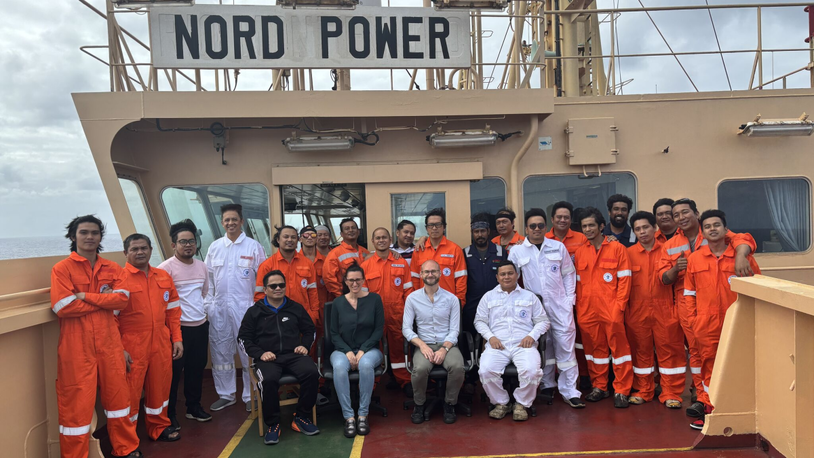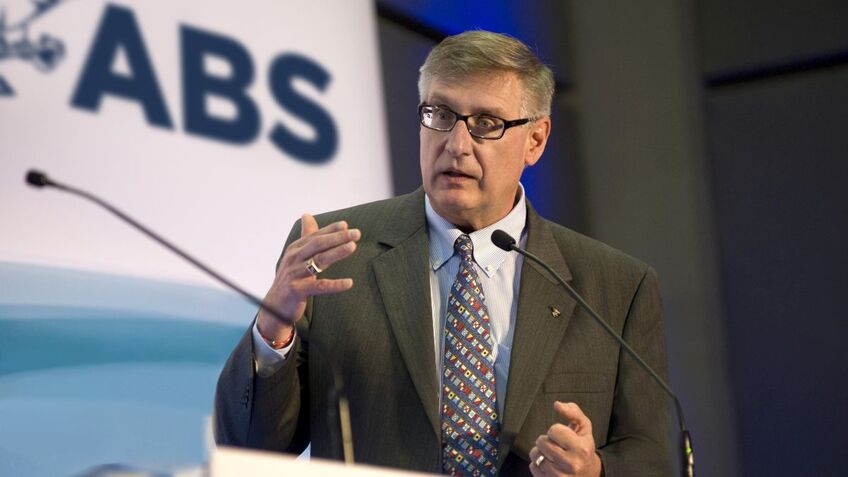Business Sectors
Events
Contents
Register to read more articles.
Tapping into the efficiency and flexibility of turbochargers
While there is much discussion about maritime decarbonisation and the energy transition, traditional marine fossil fuel use is not going away anytime soon.
But that doesn’t mean that shipowners are not looking ahead to a time when low- and zero-carbon alternative fuels are available at scale.
As evidence, you only need look at the record level of orders for alternative-fuelled newbuilds placed by shipowners in 2024. While the final numbers have not yet been tallied, orders for alternative-fuelled newbuilds surpassed 55.7M cgt as of November 2024, shattering the previous record of 47.2M cgt set in 2022, according to Clarksons.
The accelerated pace of investment is being driven by a complex web of international and regional emissions regulations, weaved by IMO and the European Union. On top of IMO’s Energy Efficiency Design Index and Carbon Intensity Index (CII), shipowners are now faced with the EU Emissions Trading System (EU ETS) and FuelEU Maritime, forcing them to dig deeper into their pockets to pay for what comes out of their stack, or what they put into their fuel tanks.
To meet shipowner demands, engine builders have accelerated the commercial roll out of dual-fuel prime movers and auxiliary engines capable of burning ammonia, biofuels, LNG and methanol, and hydrogen. These alternative fuels have different energy densities, chemistries, and combustion characteristics than traditional marine fuels like heavy fuel oil and marine gas oil, forcing marine engine designers to rethink their two-stroke and four-stroke portfolios. Toiling shoulder to shoulder with them in their R&D efforts are turbocharger OEMs.
“Development of the next generation of axial turbochargers is not simply an extension or improvement of the current generation, but is a completely new design for turbochargers typically installed on two-stroke engines and large bore four-stroke engines,” noted a technical paper presented by Accelleron at CIMAC 2023 in Busan, South Korea, in June 2023.
“Turbocharger efficiency and flexibility are key for the practical application of any carbon-neutral fuel”
As Accelleron medium- and low-speed division, president, Christoph Rofka, points out, turbocharger efficiency and flexibility are key for the practical application of any carbon-neutral fuel.
One of those carbon-neutral fuels that some shipowners believe will be a viable option is green ammonia. While it is a zero-carbon fuel, NH3 comes with some substantial technical, safety and environmental baggage, too. Among its warts, ammonia is a lazy fuel, with low combustibility and slow to flame propagation compared to traditional marine fuels, and it produces significant amounts of nitrogen oxides in the combustion process. But those issues are solvable, say OEMs.
Mr Rofka says the company’s turbochargers, for instance, can be adjusted to deliver boost pressures according to combustion requirements, ensuring an optimal air supply for both Diesel- and Otto-cycle engines.
And nitrogen oxides generated when ammonia is combusted in these two-stroke, slow-speed engines can be mitigated using selective catalytic reduction technology, which injects urea into the exhaust stream, converting NO into nitrogen and water vapour.
Gains are also being realised on the digital front. Increasingly, turbocharger manufacturers are tapping into the insights generated by real-time data from turbochargers and engines to allow ship operators to optimise performance and maintenance cycles, reduce opex and comply with CII, EU ETS and FuelMaritime EU.
Additionally, swapping out turbocharger components such as nozzle rings, turbine blades and compressor wheels can help in optimising efficiency for a derated engine output in engine power limitation applications used to improve fuel consumption and an existing ship’s CII.
It is clear that the efficiency and flexibility of turbochargers will continue to be vital in shipping’s transition to low- and zero-carbon fuels.
Related to this Story
Events
Maritime Environmental Protection Webinar Week
Cyber & Vessel Security Webinar Week
The illusion of safety: what we're getting wrong about crews, tech, and fatigue
Responsible Ship Recycling Forum 2025
© 2024 Riviera Maritime Media Ltd.












